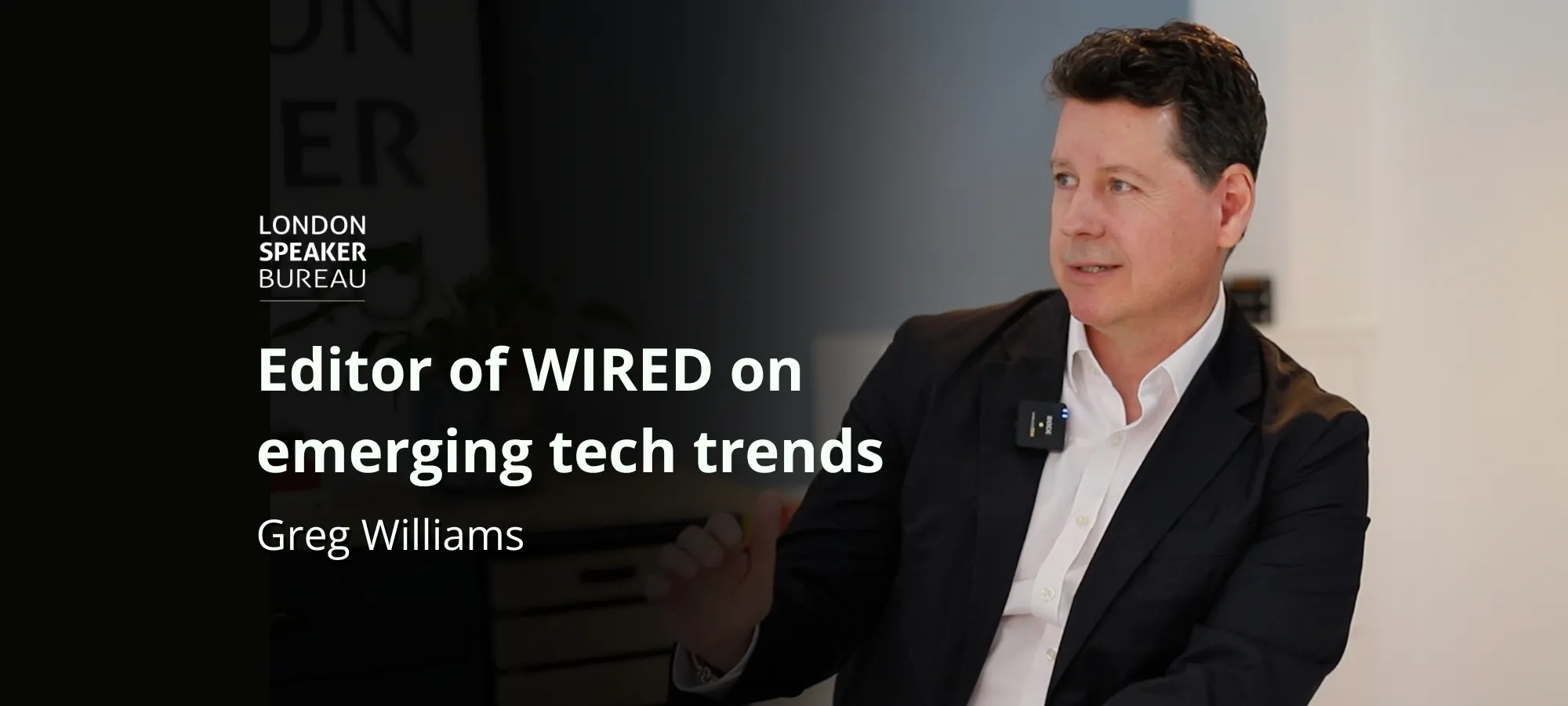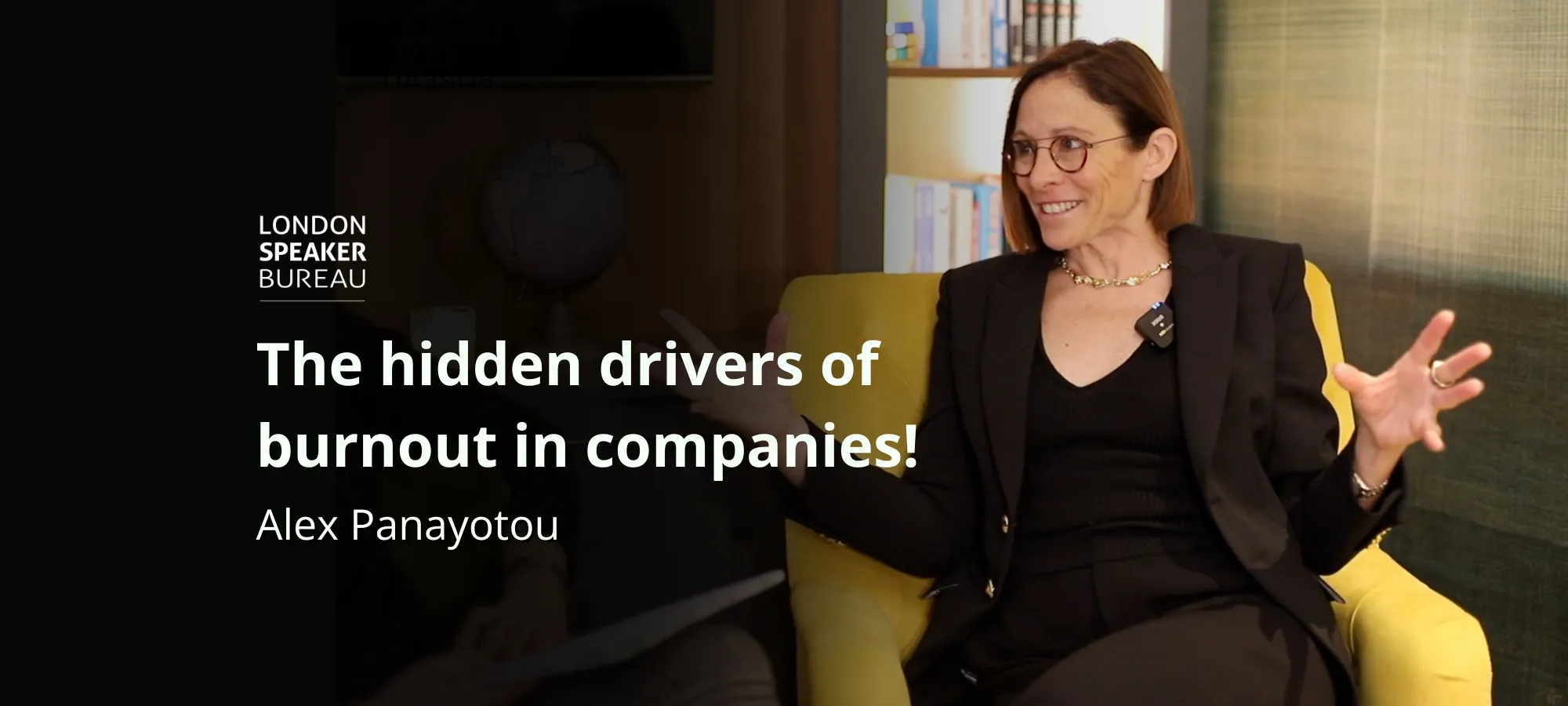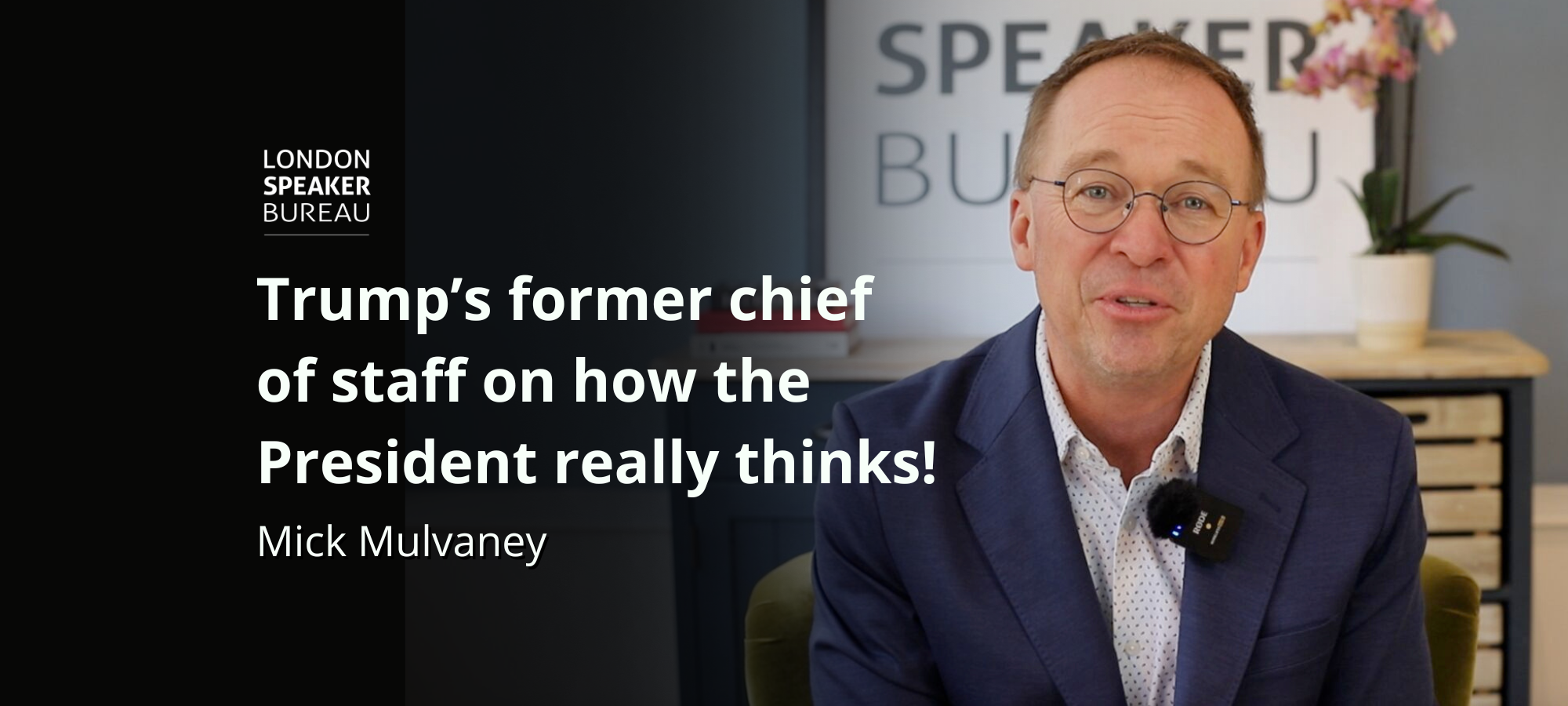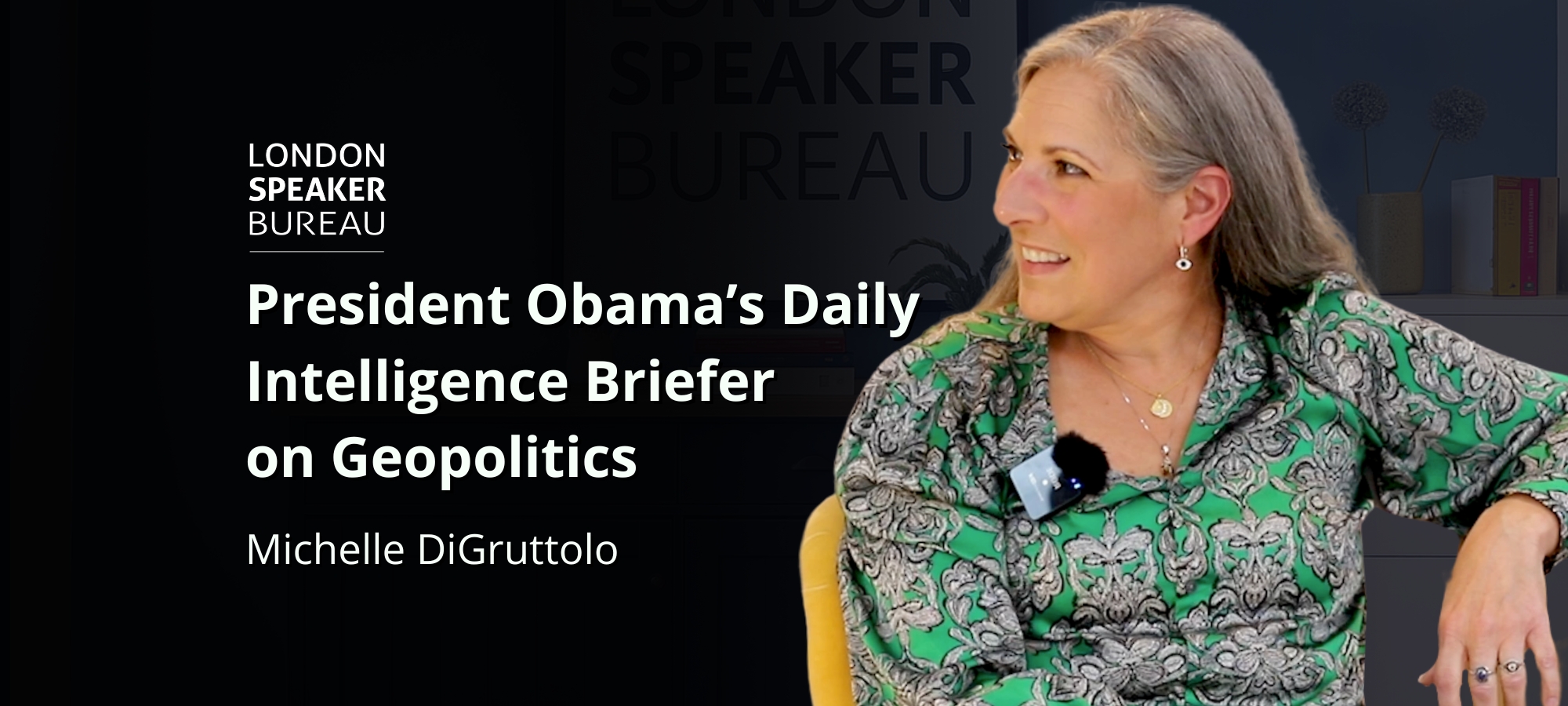Hybrid is a key buzzword for the 2022 workplace. We’re all busy talking about the hybrid work environment, but what exactly do we mean and how do we put it into action? Future of work and careers thought leader Erica Sosna offers 5 tips below to help you get started.
While the right to work flexibly has been in place for a long time, working remotely may have been a new experience for many of your employees and your team. As we all pivoted to working from home as much as possible during the pandemic, you may have needed to help your team get familiar with online communication and knowledge sharing platforms, reconfigure the major in-person events and core business activities in their calendars to virtual ones and adapt to ways of working without face to face time.
I think we all did rather well… all things considered. But we made this adaptation at speed, without time to think things through.
As we return to normality, many companies recognise that to keep the very best people in their business and to attract new talent, they need a clear strategy and approach to hybrid working. This involves taking the best from what we learned from the enforced pandemic home working experiment and merging it with the valuable aspects of in person connection and community.
In every crisis there is an opportunity. And this return to the workplace, the new hybrid workplace, provides us as leaders with a tremendous opportunity to redesign and reconfigure how we work as a team to better deliver on our performance goals and strategy. But to do this, we need to break our work down into its component parts.
Take a moment to think about your day. What your work entails. They’ll be times where you are working in groups and times working alone. Work that requires your full attention, detail, precision and a quiet workspace and work that can be done on the move or in the bustle of an energetic open plan environment. Some work has environmental factors to consider, like the venues where we meet clients or new joiners. Other activity has time considerations, working across global time zones, presenting a live event to a different geography. Some work must be delivered during the 9-5 while other work can be completed outside of ‘core’ hours. Still other work has almost always been done in person, like induction or team days – is that something we want to go back to?
It’s clear from this little thought exercise how complex the range of activity that each of us perform is. And each Division and each team will have different rhythms, priorities and considerations. The most important question is, which location or working style will help us to deliver at our best? We now have the luxury to choose when we engage in the office and when at a distance. But how do we find something that works for each individual and for the business as a whole?
Here are my top tips to help you initiate the redesign of your work with the support and creativity of your team.
1. Move from ‘Me’ to ‘We’
The pandemic induced us all to take on a survival mode mentality. We were mostly concerned with staying safe and keeping our family well and stable. This meant that our focus narrowed. Our first role as leaders is to help people widen their view again, moving from a focus exclusively on themselves ( “I liked not commuting, it suits my life and saves me childcare dollars”) to the collective (“We can all benefit from more flexibility, but we also need to be mindful of the key aspects of performance and satisfaction in this team”.)
To do this, we need to give people time and space to articulate what they have been through. Explain that we have swung a pendulum to one extreme – enforced home working and that now we need to find the equilibrium, bringing the best of what we used to do to line up with what we learned in lockdown. Ask people to share their chief learning about themselves, their work and the business, arising from the last two years and take on full listening mode.
2. Dissect team ‘rhythms’
Too many businesses are dictating when people need to be in and taking a one size fits all approach. It’s understandable for clarity and apparent convenience. But anything that feels ‘done to’ for employees is likely to be met with resistance, even if it’s an idea with lots of merit! To avoid this, engage in a consultative exercise. Take time as a team to map out the times when it is crucial to come together or to collaborate and connect with clients and ask yourselves, what modality and what frequency would deliver the best results.
The answer will be different for every team and may well evolve on a regular basis as the core work changes. It might be that weekly meetings remain virtual most of the time, but once a month are conducted in person. You might agree that if a new joiner is joining the team, that their induction week will all be conducted in person at HQ to help them get a feel for people and place and feel supported.
As long as people have long enough to plan around times they need to be in the office and feel that have participated in defining what works best, they are much more likely to enjoy and make the most of in-person experiences.
3. Get Existential
Big experiences like the pandemic, lead to big shifts in thinking. These in turn, lead to big questions. One of the core questions to ask your team and get curious around is ‘What is the function of the office going forward?’ Together you will want to explore how you might reconfigure the space itself and the activities that take place in it, to better suit the work you are planning on accomplishing this year.
Conduct some experiments, with the furniture, the openness of the space, with quiet rooms, co-working spaces, ‘office hack’ days where everyone is in…. and explore what untapped potential and creativity might be unleashed by an environment that excites and energises people. Reconnect with your key values as a business. How might you live these in a new way of working that speaks to a person’s sense of purpose?
4. Harness the power of tech …
It’s important to note that we aren’t going to go back to 100% in the office ( except in service roles that absolutely require an in person presence – you don’t want a virtual firefighter do you!). So, we need to learn to make skillful use of digital, tech and software. I was recently working with an asset manager in the real estate space and we were discussing how best to share practice and case studies with new team members. Previously, this had all been done in person, 121 and live.
We are now moving to how we might record some of these case studies so that they can form a library, not just for the new starters but for everyone in the business, while saving time on induction. How might you make use of your tech to deliver better results as a team?
5. But use it with thought and care
It’s also important to work out when not to use technical channels. Many people find the variety of information communication mechanisms overwhelming to them. So many people described the zoned out fatigue of a day of video conferencing. Remember to discuss the setting of meetings, to allow for space and a chance to stand up and have a break, or take some quick win actions on the back of the meeting. Also, you’ll want to discuss what the best mediums are for conversations, data and learning.
At my office, we do a lot more on the phone so that people have a chance to have a walk or a stretch while actively participating in a discussion. Do you need to share a document or make eye contact to get the job done? If not, then consider taking the conversation into a call, email, voice message, briefing or walk and talk. Too often, we have defaulted to video meeting culture. Again the more you can discuss what works for people and understand their communication styles and frequency of comms, the better you can meet what they need.
I predict that the workspace will undergo some massive redesigns in the next decade. And that we will see that the office’s place and function really evolves. As we increasingly move toward personalisation of roles and of working patterns, I think we will benefit from more flexible spaces and a free flowing pattern of in office/remote working that can release people from the daily grind of commuting, but ensure that cross-fertilisation of ideas and a sense of community can be maintained.
It’s really important to remember that your priority and needs may not be the same as your colleagues and that junior members of staff, in particular, need alternative spaces to be away from home and a chance to network and informally learn from their peers. A new joiner at a tech client recently told me that they had no idea how to answer the phone to a client because they’d never been in an office to hear how it was done. There are some forms of informal learning that can only be conducted in person and it can be easy to miss these if you are a long standing member of the business with a strong sense of community already established.
I’ve hopefully inspired you to begin an active consultation and exploration with your team. Think about it like you would the redesign of a room – what is the space, what does it need to do, what is the best function for it and how do we make sure they everyone feels comfortable and happy. This is the magic of the hybrid work environment.
About the author
 Erica Sosna is the creator of The Career Equation and the author of two books on careers and the future of work. Her company, Career Matters, equips large organisations to drive retention and mobility through the personalisation of career conversations.
Erica Sosna is the creator of The Career Equation and the author of two books on careers and the future of work. Her company, Career Matters, equips large organisations to drive retention and mobility through the personalisation of career conversations.Interested in booking Erica Sosna as a keynote speaker for your next event?





